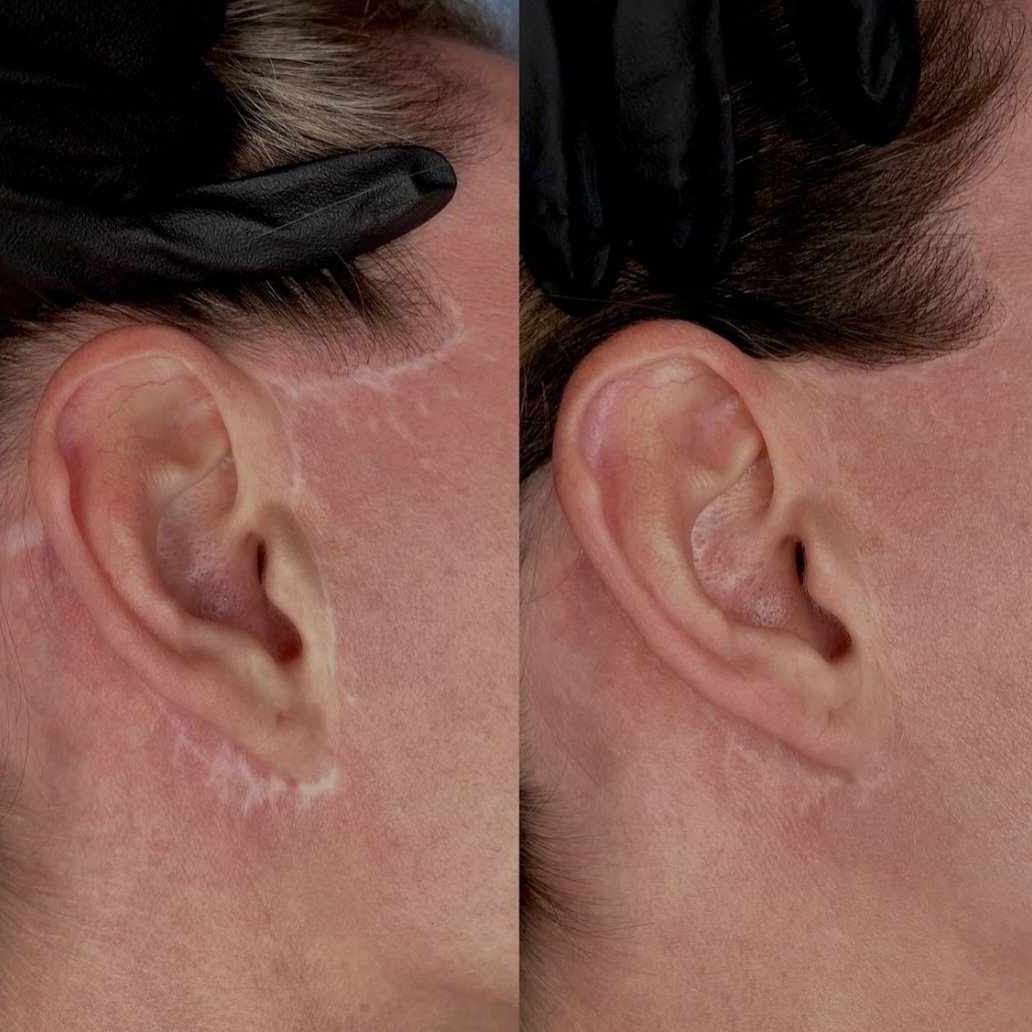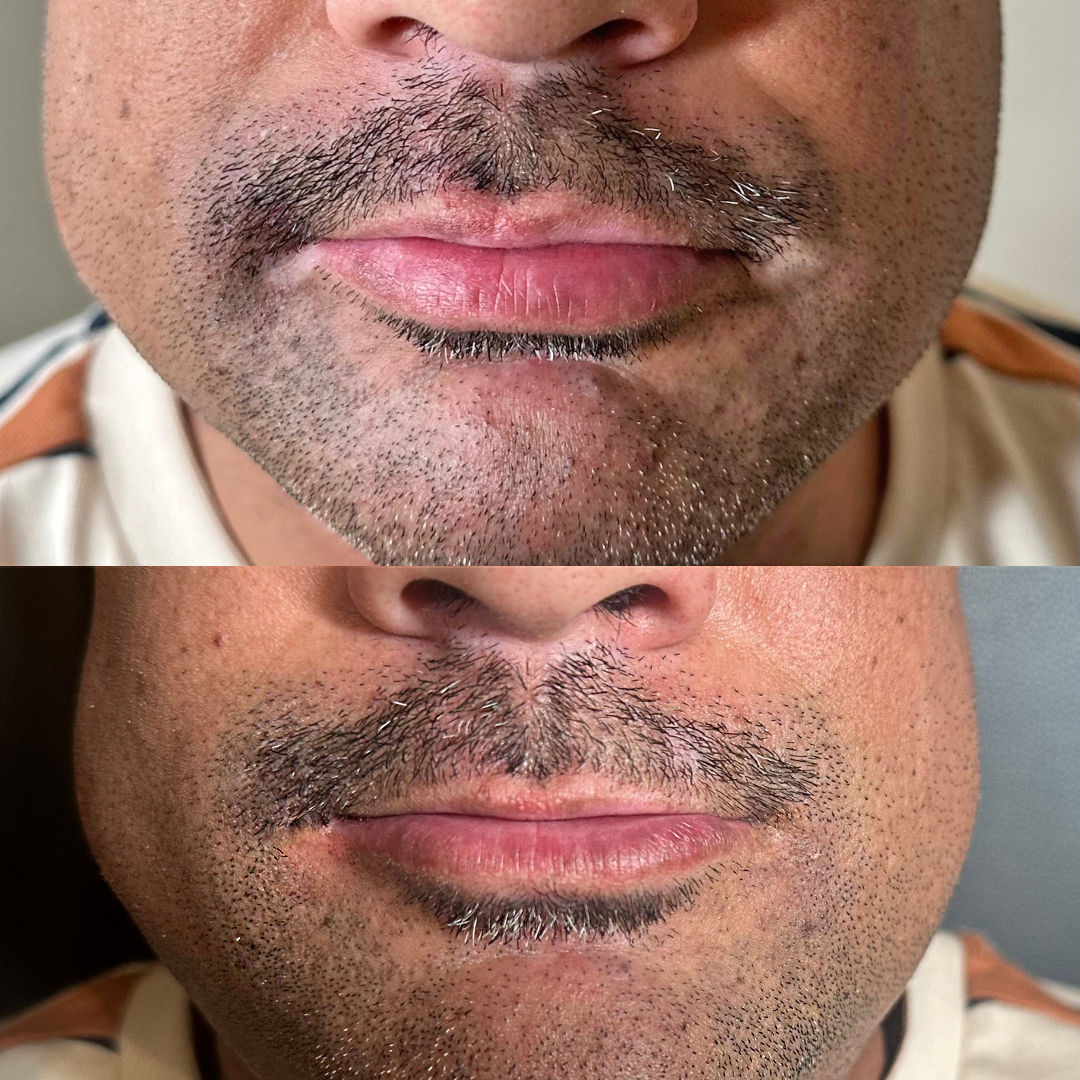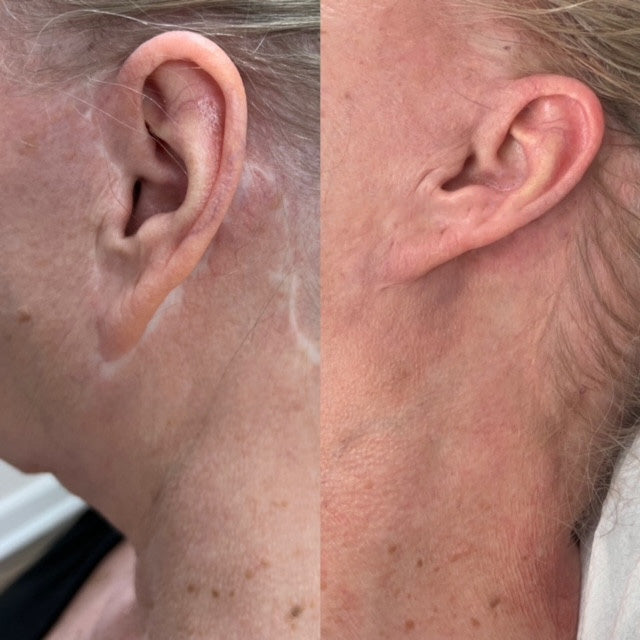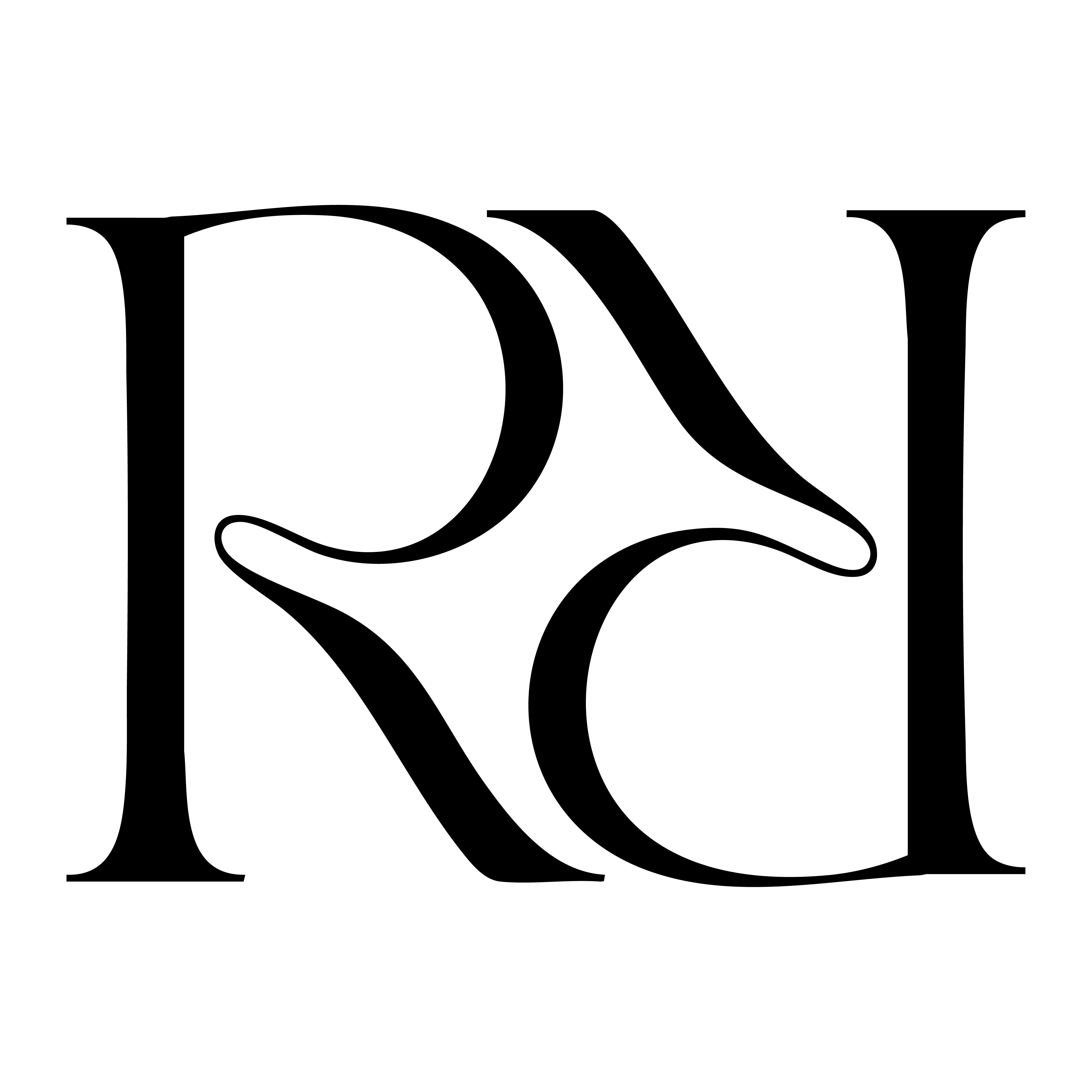Scar Camouflage
Scar camouflage encompasses two distinct treatments: Inkless scar revision (ISR) for textured or raised scars, and pigment camouflage for flat, hypo or hyper pigmented scars.
Traditional laser treatments or microneedling aren't always the most effective solution. That's why we specialise in both inkless revision and camouflage tattooing: two minimally invasive techniques that deliver natural, lasting results without the limitations of laser, excessive heat or the inability to control a specifc treatment area.

what is pigment camouflage ?
Pigment camouflage uses custom-blended tattoo pigment to restore colour to flat scars and areas affected by hypopigmentation (loss of skin colour) or to neutralise hyperpigmentation (darkened tissue). By precisely matching your skin tone, we create a natural, uniform appearance that ages and fades alongside your skin. marks and scars with the surrounding skin, resulting in a more uniform appearance.
Who is it for?
This treatment works for flat, smooth scars including [self-harm scars], [surgical scars from tummy tucks], [facelift scars], [burns], [skin grafts], and white or silver stretch marks. It's also effective for vitiligo and other pigmentation loss.
If your scars or stretch marks have visible texture or depth, [inkless scar revision] may be more suitable. Likewise, if your scars are a darker tone than your skin tone Scar neutralisation may be better suited.

Eligibility and treatment timeframes
Whilst, most cases typically require 2-6 treatments to achieve their desired results it does depend on multiple factors. It is imperative to examine the texture and structure of the skin to determine the number of treatments required for an individual and the associated cost.
In all cases, a complimentary consultation is necessary.

How much does camouflage Tattoo cost?
Treatment costs range from $220 to $699 per area, depending on the size of the area being treated and the complexity of the scarring or pigmentation loss.
All clients require a complimentary consultation to assess suitability and provide an accurate quote.










